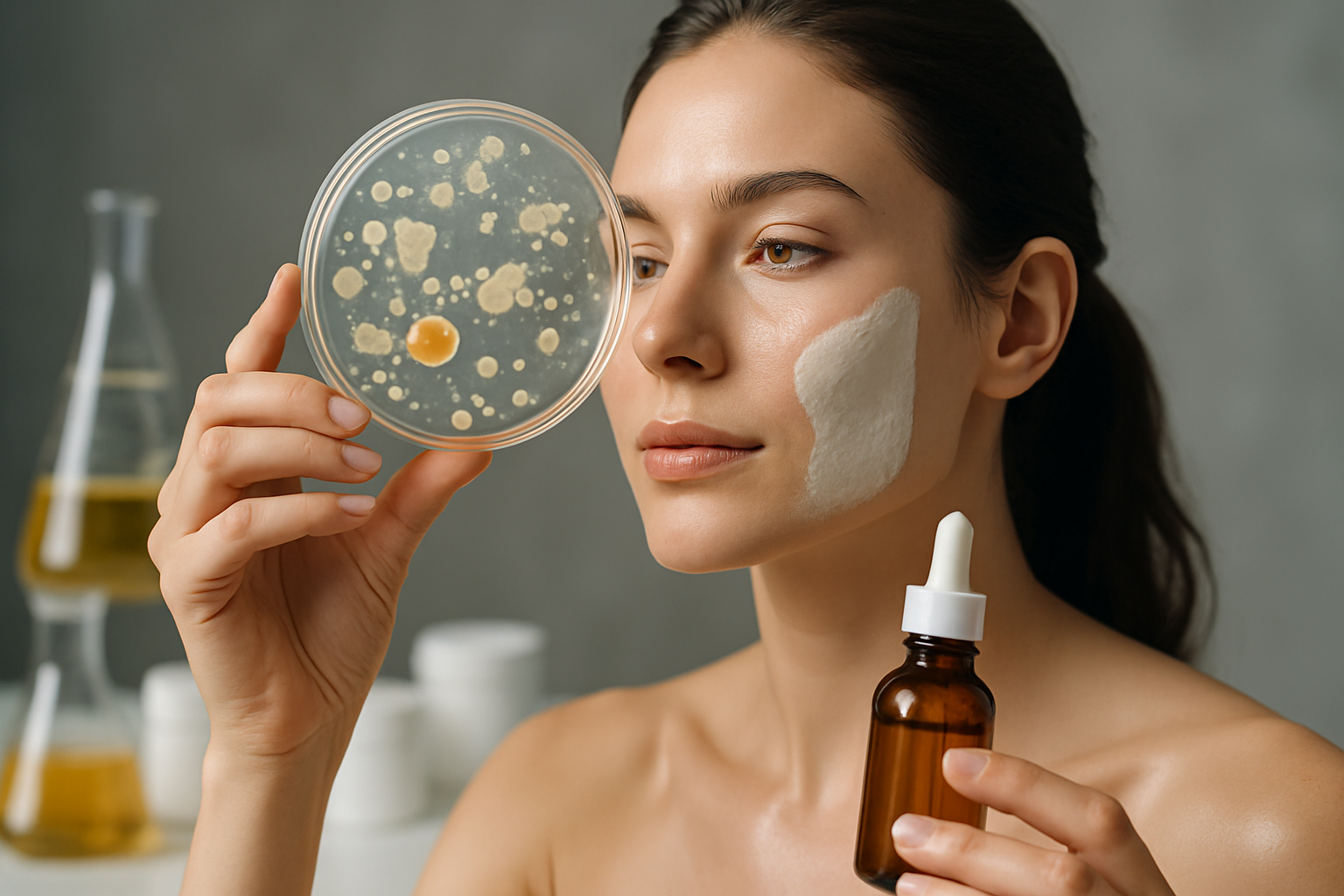Neuroaesthetics: The Science of Beauty Perception
Our brains are wired to appreciate beauty, but what exactly happens when we encounter something visually pleasing? This fascinating intersection of neuroscience and aesthetics, known as neuroaesthetics, is revolutionizing our understanding of how we perceive and respond to beauty. From art galleries to cosmetic counters, the principles of neuroaesthetics are reshaping industries and challenging long-held beliefs about attractiveness. By delving into the neural mechanisms behind our aesthetic experiences, researchers are uncovering surprising insights that have far-reaching implications for beauty, fitness, and well-being.

As technology advanced, so did the field of neuroaesthetics. Functional magnetic resonance imaging (fMRI) and electroencephalography (EEG) allowed scientists to observe brain activity in real-time as subjects viewed beautiful images or engaged in aesthetic judgments. These studies revealed that perceiving beauty involves a complex interplay of cognitive, emotional, and reward-related brain regions.
The Neural Basis of Beauty
At the core of neuroaesthetic research is the quest to understand what makes something beautiful to the human brain. Studies have identified several key neural processes involved in aesthetic appreciation:
-
Visual processing: The occipital and temporal lobes play a crucial role in processing visual information and recognizing objects or faces.
-
Emotional response: The amygdala and other limbic structures contribute to the emotional impact of beautiful stimuli.
-
Reward activation: The release of dopamine in the brain’s reward centers creates a pleasurable sensation associated with aesthetic experiences.
-
Cognitive evaluation: The prefrontal cortex is involved in making judgments about beauty and assessing the context of aesthetic stimuli.
These neural mechanisms work together to create our subjective experience of beauty, influencing everything from our art preferences to our perception of facial attractiveness.
Symmetry and the Brain
One of the most intriguing findings in neuroaesthetics is the brain’s preference for symmetry. Numerous studies have shown that symmetrical faces and bodies are generally perceived as more attractive across cultures. This preference appears to be hardwired into our neural circuitry, possibly as an evolutionary adaptation to identify healthy mates.
Researchers have found that viewing symmetrical patterns activates the medial orbitofrontal cortex, a brain region associated with reward processing. This neural response may explain why symmetrical features are often considered beautiful in both natural and artificial contexts, from butterfly wings to architectural designs.
The Role of Cultural Influences
While neuroaesthetics has uncovered universal aspects of beauty perception, it has also shed light on the impact of cultural factors. Brain imaging studies have revealed that exposure to different aesthetic traditions can shape neural responses to beauty. For example, individuals from cultures that value specific facial features may show increased activation in reward-related brain regions when viewing those features.
This interplay between biology and culture highlights the complexity of beauty perception and challenges simplistic notions of universal standards. Neuroaesthetic research suggests that while certain preferences may be innate, our aesthetic experiences are also profoundly influenced by our cultural context and personal experiences.
Implications for the Beauty Industry
The insights gained from neuroaesthetics are having a significant impact on the beauty and cosmetics industry. Companies are increasingly turning to neuroscience to inform product development and marketing strategies. Some examples include:
-
Neuroimaging-based product testing: Brands are using brain scans to assess consumers’ subconscious responses to packaging designs and product formulations.
-
Neuro-optimized fragrances: Perfume creators are leveraging neuroscience to develop scents that trigger specific emotional and cognitive responses.
-
Personalized beauty recommendations: AI-powered beauty apps are incorporating neuroaesthetic principles to provide tailored skincare and makeup suggestions based on individual facial features and preferences.
-
Neuroaesthetic-inspired spa treatments: Some luxury spas are offering services designed to stimulate specific neural pathways associated with relaxation and aesthetic pleasure.
These applications demonstrate how neuroaesthetics is bridging the gap between scientific research and practical beauty solutions.
Fitness Through the Lens of Neuroaesthetics
The principles of neuroaesthetics are also finding their way into the fitness world. Researchers are exploring how our brain’s aesthetic preferences influence our perception of physical attractiveness and our motivation to exercise. Some key findings include:
-
The aesthetic brain and body image: Neuroscientific studies have revealed how media exposure shapes our neural representations of ideal body types, influencing body image and fitness goals.
-
Movement aesthetics: Research suggests that certain types of physical movements are inherently pleasing to the brain, which may explain the popularity of dance-based workouts and fluid exercise routines.
-
Environmental aesthetics: The visual appeal of exercise environments can significantly impact motivation and performance, as evidenced by the growing trend of Instagram-worthy gyms and scenic outdoor workout spaces.
-
Aesthetic feedback in fitness technology: Wearable devices and fitness apps are incorporating neuroaesthetic principles to create more visually appealing and motivating user interfaces.
By considering the neural basis of aesthetic appreciation, fitness professionals and gym designers can create more engaging and effective exercise experiences.
Ethical Considerations and Future Directions
As neuroaesthetics continues to advance, it raises important ethical questions. Critics argue that an overemphasis on neural responses to beauty could reinforce narrow standards of attractiveness or lead to manipulative marketing practices. There are also concerns about privacy and consent in neuroimaging-based beauty research.
Looking ahead, the field of neuroaesthetics holds immense potential for further discoveries. Future research directions include:
-
Investigating the long-term effects of aesthetic experiences on brain plasticity and well-being.
-
Exploring the therapeutic applications of neuroaesthetics in mental health treatment and rehabilitation.
-
Developing more sophisticated neuroimaging techniques to capture the nuances of aesthetic experiences in real-world settings.
-
Examining how virtual and augmented reality technologies interact with our neural aesthetic processes.
As our understanding of the brain’s relationship to beauty deepens, neuroaesthetics will continue to challenge and reshape our approach to beauty, fitness, and personal well-being. By bridging the gap between science and aesthetics, this emerging field offers a fresh perspective on age-old questions about the nature of beauty and its impact on our lives.





